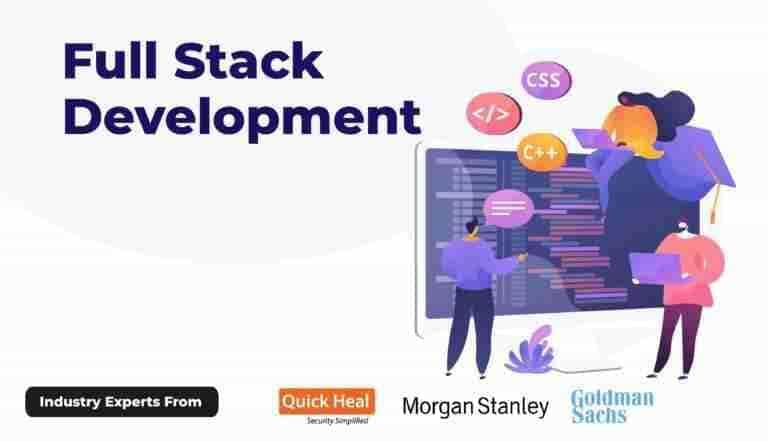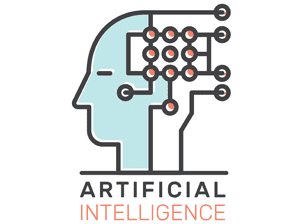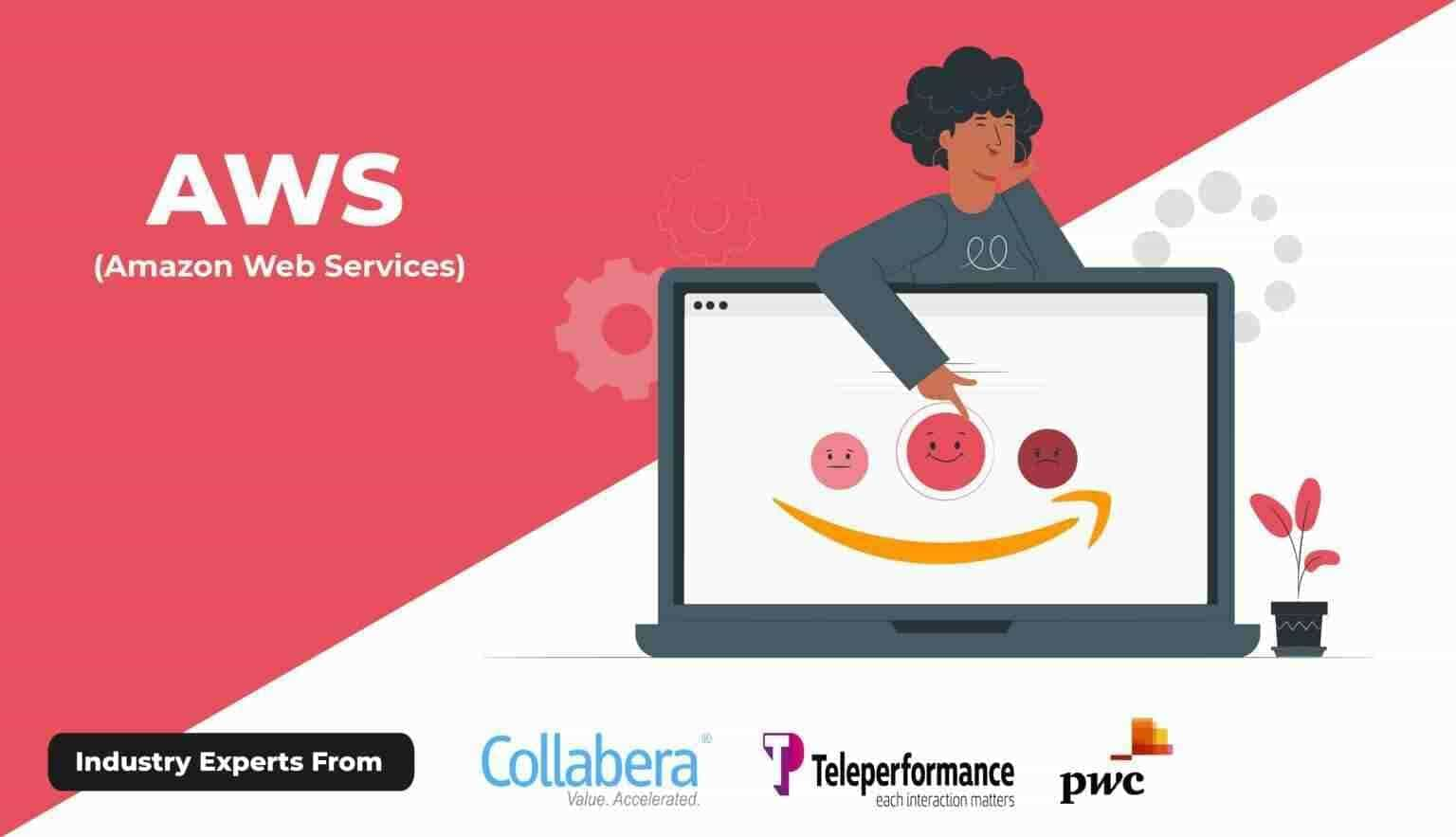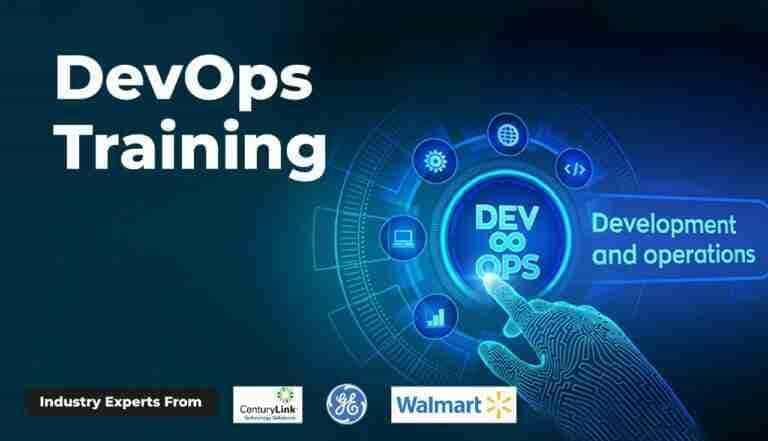Comparison of Top Open-Source AI Models in 2025: Power, Possibility, and Purpose
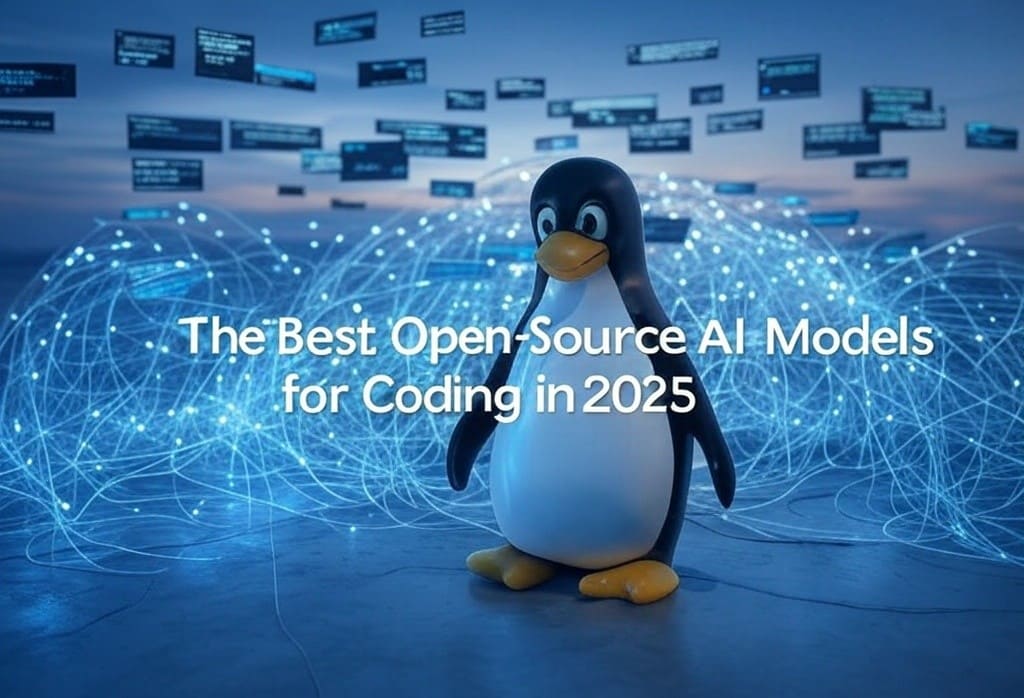
This article explores and compares the top open-source AI models dominating 2025 from Mistral and LLaMA to Falcon, OpenChat, and beyond. We’ll focus on how they work, their design philosophies, and where each model truly shines.
The Rise of Open-Source AI
Open-source AI refers to machine learning models and systems whose codebases are publicly available. Unlike closed-source models such as GPT-4 or Gemini, open-source alternatives encourage peer review, transparency, and customization. This freedom is essential for educational institutions, independent researchers, and startups that can’t afford high-cost licenses or proprietary infrastructure.
Open-source AI isn’t a new idea. What’s new is how powerful these models have become in just a few years. Many open-source models today can rival the performance of commercial models sometimes even outperforming them in specific tasks.
Let’s dive into the most significant names leading the charge in 2025.
1. Mistral and Mixtral
Mistral AI, a French company, has shaken the AI world with models like Mistral 7B and Mixtral 8x7B. These models are designed to be both lightweight and efficient while maintaining strong performance across various benchmarks.
Mistral’s open-weight policy allows developers to download, fine-tune, and deploy the models however they see fit. Mixtral, the mixture-of-experts model released in late 2024, uses a sparse activation technique where only a few of its internal sub-models (experts) are active during each inference. This design saves computing power and accelerates response time without compromising accuracy.
The Data Science course in Noidaat Uncodemy introduces learners to the principles behind sparse architectures, showing how Mistral-type models represent a new generation of compute-efficient AI.
2. LLaMA 3 by Meta
Meta (Facebook’s parent company) continues to be a dominant player in open-source AI through its LLaMA (Large Language Model Meta AI) series. By 2025, LLaMA 3 has reached widespread adoption, especially in academic and enterprise environments that require custom AI solutions.
LLaMA 3 is available in various parameter sizes, allowing developers to select the right model for their hardware capabilities. Its training incorporates diverse data sources and aims to strike a balance between speed, accuracy, and ethical alignment. Notably, the latest versions come with pre-aligned variants, reducing harmful or biased outputs.
What makes LLaMA unique is its fine-tuning ecosystem. Tools like LoRA (Low-Rank Adaptation) and PEFT (Parameter-Efficient Fine-Tuning) have made it easy for developers to adapt LLaMA for specialized domains like law, medicine, or education.
Uncodemy’s Machine Learning course in Noida walks students through these adaptation techniques, helping them tailor open models for niche industry needs.
3. Falcon by TII (Technology Innovation Institute)
Falcon is the UAE's flagship open-source model developed by TII. Falcon 180B, one of the largest models openly released, surprised the AI world with its performance in natural language understanding and generation.
Falcon's architecture leans heavily on transformer principles but benefits from TII’s unique data curation and pretraining strategies. It has shown significant potential in multi-language support, making it useful in regions with diverse linguistic populations.
While the model is large, it’s supported by quantized versions that make it more accessible for research labs and startups without massive GPUs. Falcon's licensing permits commercial use, an attractive feature for entrepreneurs.
Students taking the Artificial Intelligence course in Noida at Uncodemy gain insight into Falcon’s architecture and learn how to work with large models using efficient tooling and cloud platforms.
4. OpenChat
OpenChat is a community-led effort that fine-tunes open models like LLaMA or Mistral into dialogue-optimized agents. In essence, OpenChat isn’t building models from scratch but curating the best conversational experience from open-weight models.
The strength of OpenChat lies in its responsiveness and natural tone. It often feels more personable than some proprietary assistants. In 2025, it’s one of the preferred options for building chatbots, virtual assistants, and educational tutors.
For students building AI projects or capstone assignments, OpenChat provides a ready-to-use framework with flexibility to personalize outputs. This feature is highlighted in Uncodemy’s Python Programming course in Noida, where students learn to integrate language models into user-facing applications.
5. Yi Models by 01.AI
Another contender in the open-source field is Yi, developed by Chinese AI firm 01.AI. Yi-34B and Yi-6B are widely used for both English and Chinese NLP tasks, showcasing cross-linguistic fluency and cultural sensitivity.
Yi’s major strength lies in its balanced training corpus and its surprisingly good performance across multiple benchmarks. It is often fine-tuned for document summarization, question-answering systems, and content generation tools.
Yi models are known for being memory-efficient and easily portable, making them a favorite among students working on local systems without cloud support.
6. RedPajama and Together.ai
RedPajama is a data-centric initiative focused on creating transparent training datasets for open-source models. Partnering with Together.ai, it has released models trained on curated, reproducible datasets that help solve the problem of data bias and hallucinations in AI outputs.
These models are often used in academia for reproducibility studies and fairness audits. While they may not outperform larger models like Falcon or Mixtral in raw benchmarks, they are essential for teaching responsible AI practices.
At Uncodemy, the Responsible AI course in Noida teaches students how RedPajama contributes to fairness, accountability, and interpretability in AI systems.
Comparing Core Features
Let’s examine some critical differences among these models in terms of:
Accessibility: Mistral and LLaMA provide easily downloadable weights. Falcon and Yi offer user-friendly APIs and quantized variants for smaller devices. RedPajama promotes dataset transparency.
Licensing: Most of these models are under permissive licenses (Apache 2.0 or similar), making them suitable for commercial use. Always check the specific model card before deployment.
Multilingual Support:Falcon and Yi lead in non-English support. LLaMA and Mistral also offer multilingual variants, but with variable performance.
Ethical Safeguards: Claude (not open-source) is a gold standard, but among open models, RedPajama and LLaMA-Align show best efforts to reduce bias.
Community Support: HuggingFace plays a huge role here. Most models are available there, with community-contributed versions that are well-documented and regularly updated.
Why Open-Source Matters for Learners
For students and early professionals, open-source AI models are not just alternatives—they are opportunities. They allow hands-on learning, experimentation, and even contribution. Whether it's fine-tuning LLaMA for legal reasoning, building a mental health chatbot with OpenChat, or running Mistral on a Raspberry Pi, the possibilities are endless.
Moreover, open-source models foster a mindset of curiosity and collaboration. They teach students how to read model documentation, understand tokenization, adjust hyperparameters, and assess model biases.
Uncodemy’s Artificial Intelligence course in Noida blends theory and practice in a way that aligns with this spirit—training learners not just to use AI, but to shape its future.
The Future of Open-Source AI
Looking ahead, open-source AI will continue to grow more powerful and inclusive. We can expect better evaluation tools, smaller models with high performance (like TinyLLaMA), and stronger safeguards for misuse.
The debate between open and closed models will also become more nuanced. Proprietary models might maintain advantages in enterprise readiness, but open-source will lead in adaptability, experimentation, and education.
For students and developers, staying updated with open models is a long-term investment. These tools will not only define the technical landscape but also shape public policy, ethics, and the global digital economy.
Final Thoughts
The comparison of top open-source AI models in 2025 reveals a vibrant, diverse, and ambitious ecosystem. From Mistral’s engineering brilliance to LLaMA’s accessibility, Falcon’s multilingual promise, and RedPajama’s ethical rigor, each model offers something uniquely valuable.
For learners at every stage—from curious beginners to budding AI engineers—these models offer not just code to run but ideas to explore, limitations to challenge, and innovations to contribute to.
And to truly harness this opportunity, one needs structured learning. Uncodemy’s Artificial Intelligence course in Noida is designed to guide students through these complex landscapes, offering clarity, confidence, and competence.
In the age of AI, knowledge is power. Open-source AI gives that power to everyone. So why not start today?


















